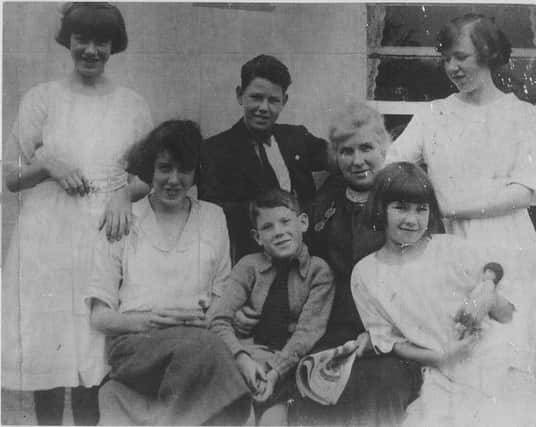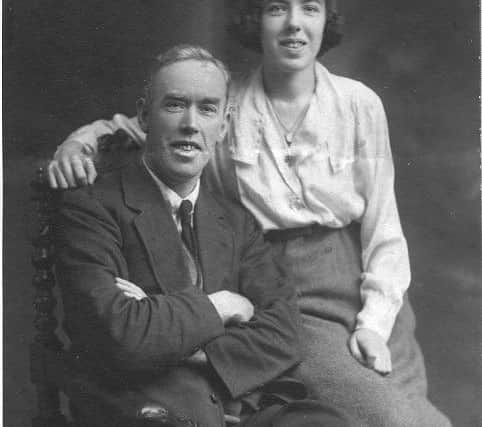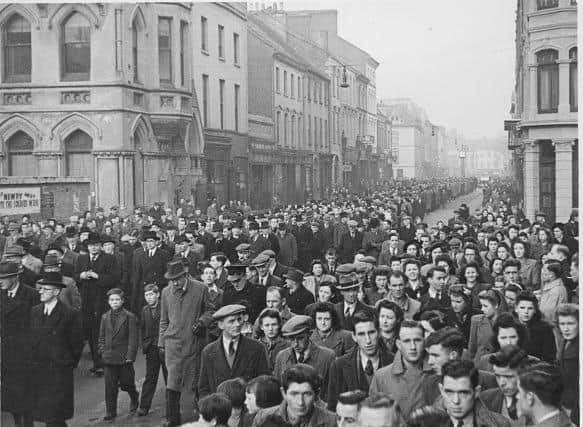The Éamon Donnelly Collection at Newry and Mourne Museum


The Museum holds his collection of c.400 documents, including correspondence, speeches/lectures, photographs and contemporary newspaper cuttings.
Éamon Donnelly (named Edward John Donnelly) was born in Middletown on July 19, 1877. After receiving his education, he joined the GAA, the Gaelic League, and Sinn Féin, and was one of the first of the Irish Volunteers in Armagh. On Easter Sunday 1916 he joined with Volunteers from the north who mobilised at Coalisland. Donnelly was arrested because of his involvement and was imprisoned in England.
Advertisement
Hide AdAdvertisement
Hide AdAfter his release and return to Ireland, Donnelly played a key role in the rise of Sinn Féin in the north. He became a full-time organiser for Sinn Féin in Armagh, where he was President of the local Sinn Féin Club. In the General Election of 1918 he acted as director of elections in north-east Ulster. The election resulted in a landslide victory with Sinn Féin winning 73 out of the 105 seats. The Sinn Féin MPs, however, refused to attend the Westminster Parliament, forming instead a separate legislature, Dáil Éireann.


Donnelly was elected by constituencies in both the north and south of Ireland: Armagh (1925–29), Laois-Offaly (1933–37) and Belfast Falls division (1942–44). Originally a member of Sinn Féin, he joined Fianna Fáil after its formation in 1926 and served as director of elections.
Donnelly died, aged 67, on 29th December 1944 in St. Jarlath’s Nursing Home in Dublin and was buried in St. Mary’s Cemetery, Newry, where a monument, with his image in bas relief, was erected in 1947.
After Donnelly’s death his surviving papers were retained by his eldest child, Nellie (Eleanor Marie). Nellie had worked with her father in some of his political activities. The collection was donated to Newry and Mourne Museum in 2011 by Éamon Donnelly’s grandsons, Donal Donnelly-Wood and Sean Donnelly. Further material was also donated by another grandson, Neill Magee in 2014.
Advertisement
Hide AdAdvertisement
Hide AdThe Éamon Donnelly Collection contains correspondence, speeches/lectures, photographs and contemporary newspaper cuttings.


The correspondence is from leading figures in Irish nationalism (male and female), including Éamon de Valera, Michael Collins, William O’Brien, Cahir Healy, Maud Gonne MacBride, Mary MacSwiney and Kathleen Clarke.
The predominant correspondent in the collection is Cahir Healy, whose letters to Donnelly constitute an important archive on Northern Nationalism, in the 1930s and early 1940s.
As a whole the collection provides an insight into what it was to be a northern nationalist involved in Irish politics in the early twentieth century.
Advertisement
Hide AdAdvertisement
Hide AdAmong the collection are items of local and national significance. There is an interesting list recording members of the I.R.A. and Cumann na mBan killed between 1916–1960, a handwritten police description of Michael Collins, an autograph book belonging to Donnelly, and material relating to the Catholic Archbishop of Melbourne, Daniel Mannix, who was refused entry to Northern Ireland in 1925.
Donnelly’s Exclusion Order and related train ticket, telegrams connected to his various elections in the north and south of Ireland, and his 1933 ‘jail journal’ also form part of the collection.